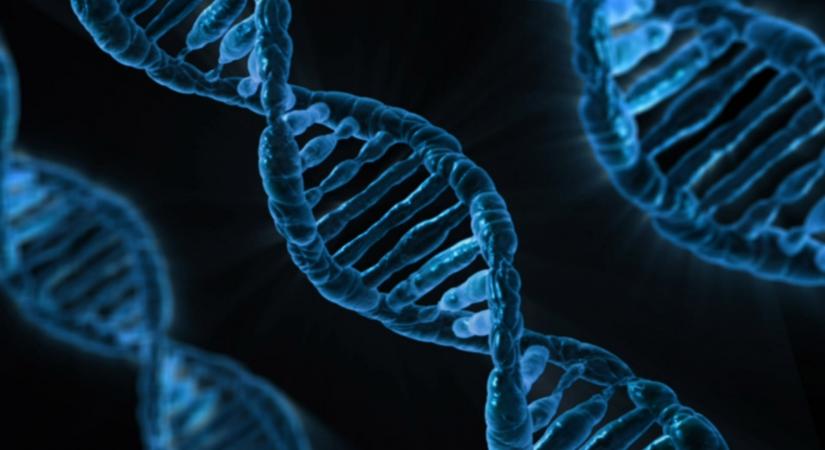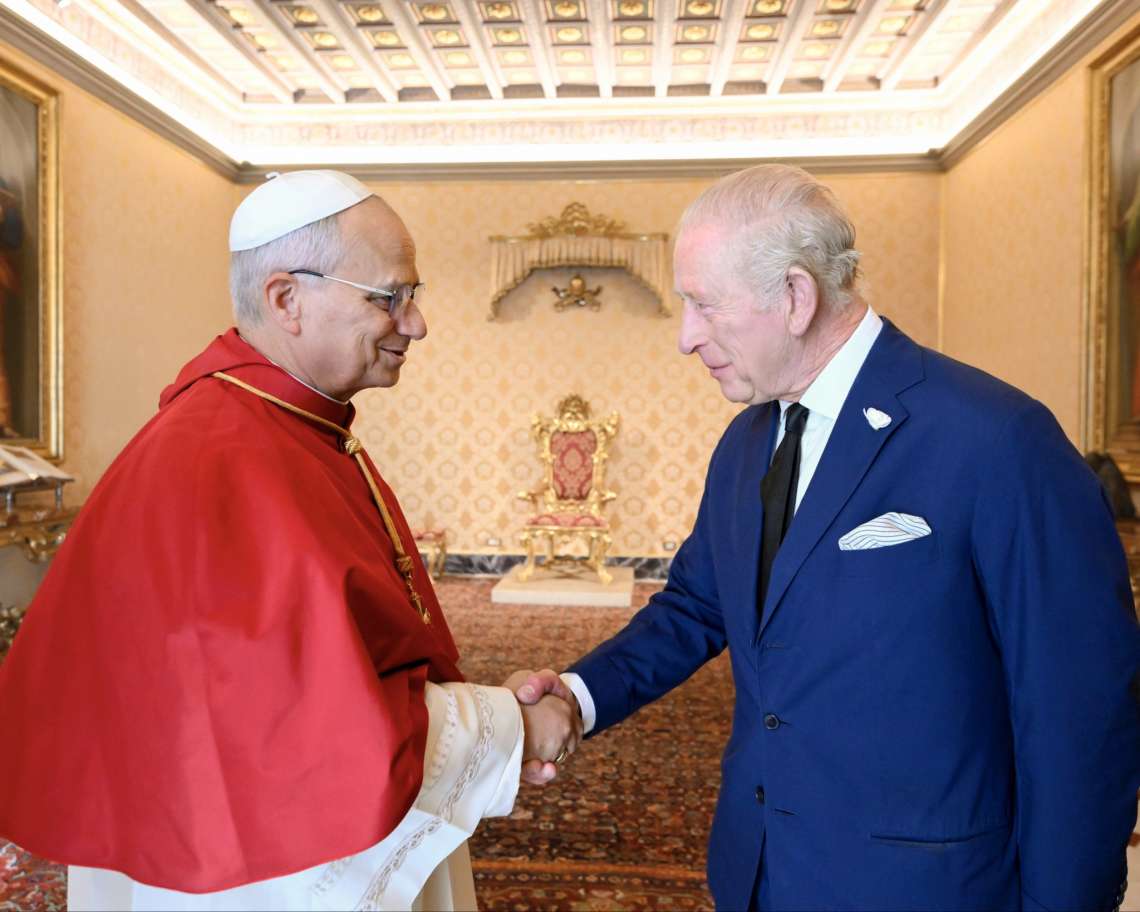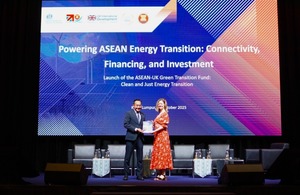Five-year SynHG project aims to pave way for next generation of medical therapies and treatment of diseases
British researchers have embarked on an ambitious project to construct sections of human genetic material from scratch, in a bid to revolutionise our understanding of DNA and lay the foundations for the next generation of medical treatments.
The Synthetic Human Genome (SynHG) initiative, announced this week, will see scientists spend the next five years developing the tools and expertise needed to manufacture large stretches of human genetic code in laboratory conditions. Once created, these synthetic DNA sequences will be inserted into living human cells to investigate how the code functions in practice.
Scientists behind the project believe that mastering this process could ultimately lead to radical new therapies for a range of serious illnesses. Among the potential applications are lab-grown human cells engineered to resist attack from the immune system or to be impervious to specific viruses. Such cells could then be used to treat patients suffering from autoimmune disorders or those with liver damage caused by chronic viral infections.
Professor Jason Chin, who is leading the effort at the Medical Research Council’s Laboratory of Molecular Biology (LMB) in Cambridge, said the knowledge gained from building synthetic human DNA could have far-reaching benefits. “The information gained from synthesising human genomes may be directly useful in generating treatments for almost any disease,” he explained.
The landmark project brings together researchers from several leading British institutions, including the universities of Cambridge, Kent, Manchester, Oxford, and Imperial College London.
While scientists have been able to read and analyse DNA sequences for decades, constructing genetic material on this scale remains an immense technical challenge. The first complete draft of the human genome, announced 25 years ago, was a turning point in genetic research. Yet despite significant advances in genome sequencing technologies, the ability to write or manufacture entire genomes has lagged behind.
The SynHG project will begin by constructing sections of a human chromosome, which will then be tested in human skin cells to assess their function and compatibility. The work builds on recent successes by Chin’s team, which previously synthesised the complete genome of the bacterium E. coli. However, the scale of the current undertaking dwarfs that of previous efforts. The E. coli genome comprises roughly 4.5 million base pairs—represented by the letters G, T, C, and A—while the human genome contains more than three billion.
Dr Julian Sale, a senior scientist at the LMB, highlighted the complexity of the task ahead. “If you think about the human genome, it’s more than just a set of genes on a string,” he said. “There’s an awful lot of the genome, sometimes called the dark matter of the genome, that we don’t know what it does. The idea is that if you can build genomes successfully, you can fully understand them.”
Alongside the technical research, the SynHG project will also explore the social and ethical questions raised by creating synthetic human DNA. Professor Joy Zhang from the University of Kent is leading this aspect of the project, ensuring public dialogue and ethical considerations keep pace with scientific developments.
“We’re still some way off producing anything that could be directly used as a therapy, but this is the time to have the discussion about what we want to see—and what we do not want to see,” said Dr Sale.
Experts in bioethics have welcomed the project but stress that significant risks and challenges lie ahead. Professor Iain Brassington, who specialises in the ethics of genetic technology at the University of Manchester, believes synthetic DNA could eventually lead to major medical breakthroughs. He pointed to the possibility of creating artificial versions of mitochondria—the tiny structures within cells that generate energy. Synthetic mitochondria could be used to prevent women with mitochondrial disorders from passing those conditions on to their children.
“In theory, the mother would still undergo egg harvesting and IVF, but we wouldn’t need a donor, so we would halve the number of women burdened by the procedure,” Brassington explained.
However, he warned that synthetic genomes could also have unintended consequences. For instance, modified bacteria capable of digesting petrochemicals might help tackle plastic pollution or oil spills but would need to be handled with extreme caution. “Such bugs getting into the environment could be catastrophic,” he said.
The prospect of so-called “designer babies” has also resurfaced in discussions about synthetic DNA. The technology could, in theory, allow parents to influence their child’s genetic makeup, raising thorny ethical questions about the limits of such control. Brassington even speculated that, in a more speculative scenario, celebrities might license their DNA for replication, enabling fans to purchase copies of their genes.
More worryingly, he noted the theoretical possibility of an individual unknowingly becoming the biological parent of a child created entirely from synthesised DNA. “This could already happen in certain ways, but at least people would know how it occurred. SynDNA raises the prospect of fathering a child without any biological contribution as we currently understand it.”
Despite these concerns, Brassington suggested that many of the more dystopian scenarios remain distant. “The worries about designer babies rely on some fairly far-fetched technology. I’m not going to lose too much sleep over them yet,” he added.
For now, the SynHG project promises to push the boundaries of genetic science, opening the door to new discoveries and treatments while prompting a crucial debate on how this powerful technology should be used.














